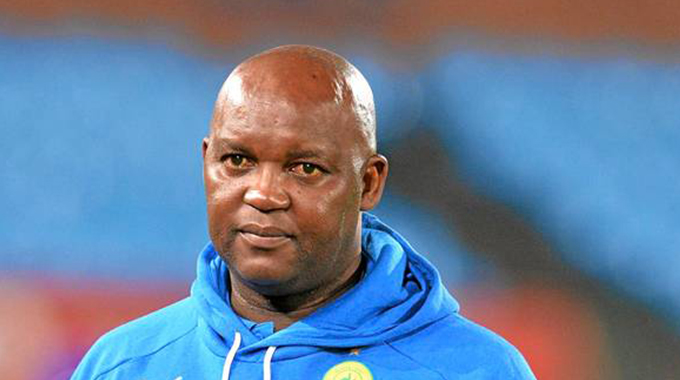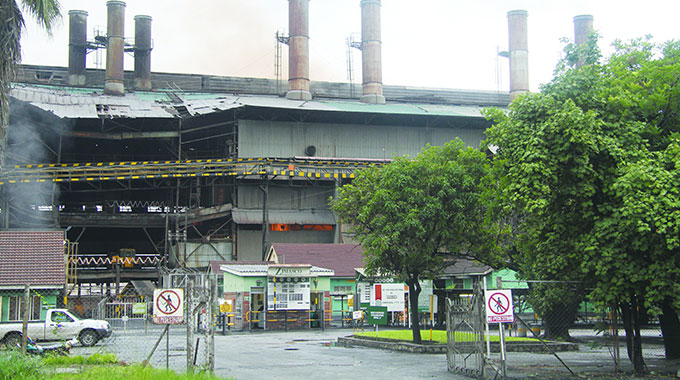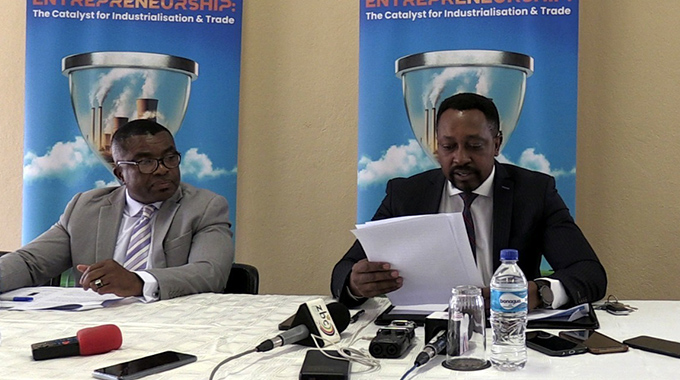Chief executives under-utilising Works Council

Davies Ndumiso Sibanda
MANY chief executives destroy the value addition role of the Works Council in the workplace due to ignorance of how to get this critical unit to add value.
It is common to find all managers who sit at Works Council being people who have not been trained in management of the Works Council. They do not know the law that guides the formation of a Works Council, they do not know the powers of the Works Council and are also ignorant of the roles of parties at Works Council.
I have met many chief executives who wrongly think a Works Council is a forum to demonstrate their power over workers. They hate the workers committee and all members of the workers committee to an extent that they victimise members of this crucial body.
In many cases, not only is the chief executive hostile to workers committee members but heads of department also dislike them and supervisors are under strict instructions to get rid of all workers leaders in their departments at the slightest opportunity.
Workers who sit in the workers committee are threatened with dismissal and told to separate what they were hired to do and their workers committee work. Members of the workers committee are denied merit salary increases and promotion and when they query, they are told to focus on what they were hired to do. It is the duty of the board of directors to lay the law for the chief executive on importance of the Works
Council to the organisation if it is to meet its goals. The board should clearly put good labour relations as one of the key performance goals of the chief executive and spell out the consequences of bad human capital management.
Post Marikana incident, the new thinking is that those who occupy chief executive positions should have a good grasp of labour relations and human capital management in general including key aspects of labour law. In short, this means that the chief executive should have the capacity to drive the workers through the Works Council to add value to the business.
The human resources committee of boards should demand periodic briefs on the state of labour relations in the organisation and must commission independent labour relations audits and use the information to guide the chief executive and management team.
Workers committee leaders should be assured by the board of directors that they are an important part of the machinery to manage labour relations. However, the board of directors have to avoid getting involved in operational issues, which are the province of the chief executive.
There are easy indicators of bad labour relations management by the chief executive and these include frequent dismissal of employees, large number of employees with warnings, high staff turnover especially at managerial and technical levels, frequent threats of collective job action, collective job action, frequent extra-ordinary meetings with workers leaders are all signs that the chief executive does not have full control of labour relations. An increase in labour litigation costs is also a sign of labour relations problems.
Frequent loss of cases and reinstatement of dismissed employees also point at the door of the chief executive. For chief executives to be solid in labour relations management, there is a need for them to be conversant with key aspects of labour legislation and labour relations. They must have top-end skills of managing the Works Council and must be backed by a team of heads of department who are trained in key labour legislation, labour relations and Works Council procedures.
In conclusion, you can have the best machines, best tools, best work method ideas, but without the right labour relation and Works Council management skills, the organisation is unlikely to make positive vibration towards meeting organisational goals.
Davies Ndumiso Sibanda can be contacted on [email protected]











Comments